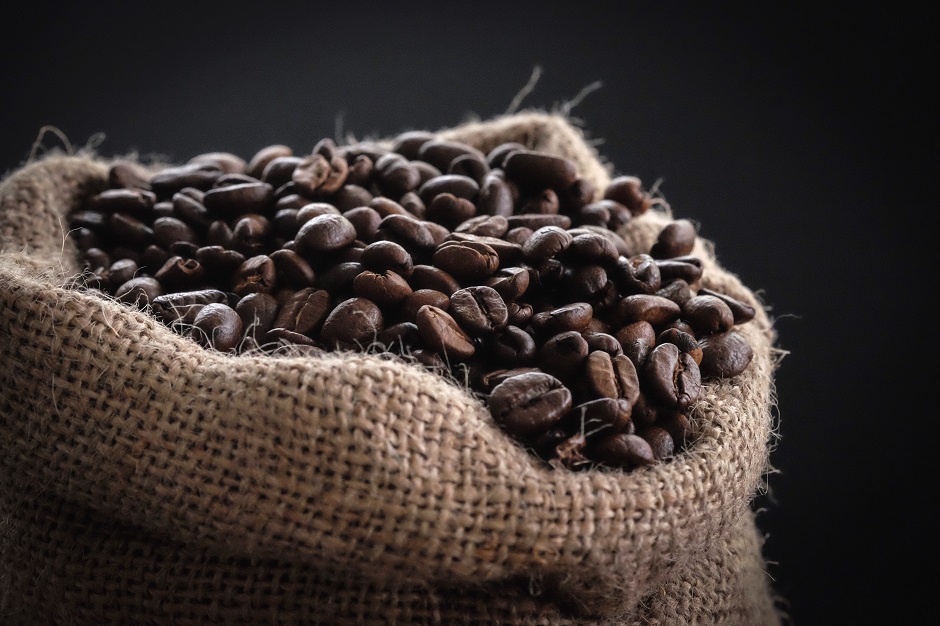
Coffee futures reached their highest level since January 2012 in November 2021 due to extreme drought and unusual frost conditions in Brazil; leading the market into disarray. But since then, the situation drastically changed in 2022. Is the price of coffee going to sky rocket in 2023 or cool off for the year?
The Coffee Basics
The coffee plant is a tropical perennial crop in the Rubiaceae flowering plant family. Coffee derives its name from the botanical name Coffea, which refers to tropical African and Asian bushes. The plant is now grown in over 50 nations worldwide, from Southeast Asia to Latin America and Africa.
There are two main bean varieties on the coffee market: Arabica and Robusta
Arabica is the most widely traded coffee bean, accounting for 70% of the total market trade. Whilst Robusta makes up the remaining 30% of the global coffee trade.
Brazil is the world’s largest producer of both Arabica and coffee as a whole. Vietnam is the world’s second-largest producer of coffee and the largest producer and exporter of Robusta beans.
2022 Coffee Prices
Arabica coffee futures were priced at $2.43 per pound in August. By Wednesday (9th November 2022), the price had dropped to $1.59, a 35% drop. There were several causes for the consistent reduction in pricing. For one thing, the weather in Brazil was better than it was in recent years. The autumn rains indicate that the country had good coffee yield, increasing overall coffee supplies.
Another factor that altered the price of coffee in 2022 was the strength of the dollar. Everything measured in dollars, when the dollar goes up like international coffee prices, tend to go down. Farmers outside of the US are incentivized to sell their products because they’ll earn a price in US dollars which translates to a higher amount of currency at home.
The improved conditions won’t necessarily mean a big decline in coffee prices for consumers. That’s because while coffee prices are falling, other costs, like labour and distribution, are still high for producers.
Coffee Consumption Seen Slowing
Analysts at Tridge stated:
“While on the demand side, the tightening of monetary policies across leading markets like the United States and EU has raised concerns about a recession, which can dent demand for the world’s most popular drink.”
According to Fitch Solutions, coffee consumption growth could decrease to 1.2% in 2022/2023, down from 1.9% in 2021/2022:
“We anticipate that demand growth in mature markets, such as the EU and Japan, will slow or, in the case of the latter, decline while we expect consumption in the US, the second largest coffee drinking market after the EU, to remain robust.”
The International Coffee Organization (ICO) to, lowered its forecast for global coffee consumption growth to 1-2% a year until 2030, reinforcing the previous predictions made by Fitch Solutions.
It predicted that rising markets such as Brazil, the Philippines, Indonesia, Ethiopia, and Vietnam will drive future consumption growth.
2023 Coffee Price Predictions
Fitch Solutions maintained its 2023 coffee price forecast at $1.90/lb, unchanged from October estimates, as of November 16, 2022. The projected 2023 coffee price was lower than the expected 2022 price of $2.15/lb, noting:
“For 2023, we highlight that our average arabica coffee price forecast is now subject to weightier downside risks than previously as our growth outlook for several major coffee consuming markets, such as the EU, has weakened.”
According to Fitch Solutions' long-term coffee price forecasts, continuous supply surpluses would decrease arabica prices. The company predicted an annual surplus of 10.8 million 60-kg bags between 2021/2022 and 2025/2026. In detail, the surplus was anticipated to be 14.7 million bags in 2023/24, 9.8 million bags in 2024/25, and 15.2 million bags in 2025/26, following Brazil's on-off coffee harvest cycle.
“During this latter three-year period, our view is that the growth of global coffee production will exceed that of global consumption by 0.8% each year on average, which we see weighing on coffee prices,” according to Fitch Solutions.
Not all coffee price estimates, however, were pessimistic. Wallet Investor's coffee price forecasts were positive. According to the service's projection for 2023, coffee prices would hit $2.1245 by December 2023, rising to $2.956 in two years by December 2025.
Wallet Investor predicted that the price of coffee would be $3.72 by November 2027.
How Low Can Coffee Prices Go?
Nobody knows for certain. According to Fitch Solutions in November 2022, the price of Arabica coffee might decrease as low as $1.50/lb by 2026.
Analysts' projections, on the other hand, can and have been erroneous in the past. Before making any financial decision, always conduct your own research. Furthermore, never invest more money than you can afford to lose.
Final Thoughts
Keep in mind that coffee price forecasts from analysts and price forecasting services may be incorrect. Forecasts should not be used as a substitute for undertaking research. Always conduct your due diligence before investing. In addition, never invest or trade with money you cannot afford to lose.



